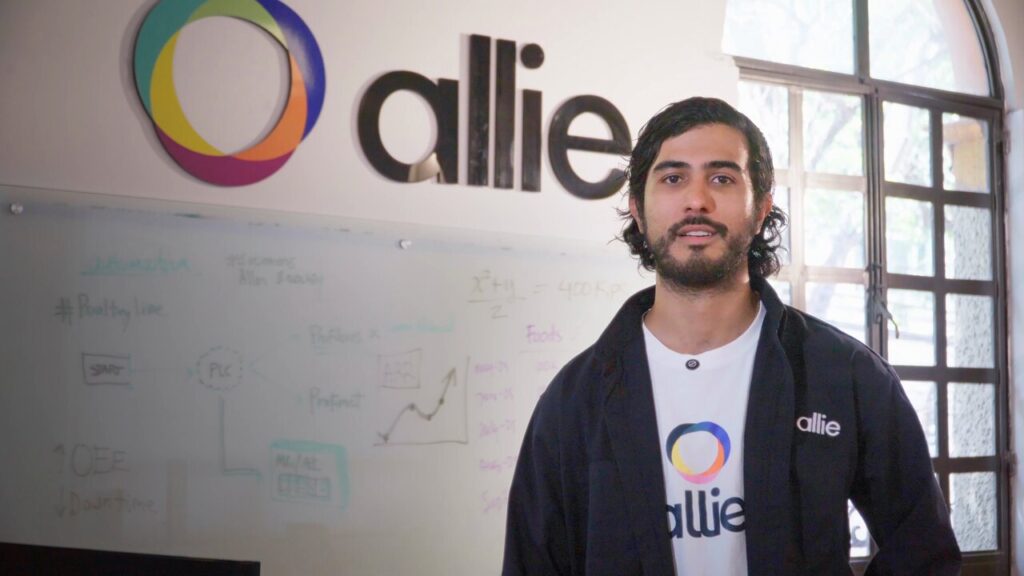The rise of investment tech in Exchange Traded Funds (ETFs) and their counterpart, micro-investment apps, were originally set to out-perform actively managed investments, but instead, the latter has undergone a resurgence.
The greater fool is the law of economics which recognises that value in the stock market is determined by the subjective interpretation of market information, investors can therefore make money on the basis that someone else thinks they have a better interpretation of a given stock’s value when it turns out they haven’t. It’s a long-fought battle and it’s only possible to recognise the fool vs the savvy in retrospect, but one cannot exist without the other. Over the last few years the battle has extended beyond Wall St and Canary Wharf, to the lay-investor, and the methods of investment.
The options
ETFs are a diversified collection of stocks which are cycled in and out by algorithms, the cumulative effect being a steady level of growth. ETFs are often designed to track the performance of the wider stock market. They provide an option for passive investment: stick your money in an ETF and leave it alone, confident that your investment will appreciate.
The alternative is an actively managed fund staffed by an analyst who can select which stocks to switch in and out of your fund using their experience and market-smarts. There are differences in the charges between the two, but realistically you are going to pick whichever suits your lifestyle rather than whichever you might be able to squeeze 0.2% extra returns on. That being said, there are one or two things worth considering if you’d prefer end up the savvy rather than the fool.
ETFs and micro-investment apps
ETFs have burst into life over the last couple of years off the back of platforms and apps which have introduced the concept to the wider market as a way to invest money without tying it up in illiquid assets like property whilst also being able to exceed the level of returns banks are able to offer on savings accounts. Nutmeg was among the first, which allowed users to start with a pot of £500 accompanied by monthly additions of £100, choose their own level of risk, and sit back.
Nutmeg was then joined by apps like Moneybox and Acorns both of which link up to the user’s debit or credit card and create “virtual spare change”. If, for example, you spend £2.40 on a coffee the app will round up the charge to £3 and invest the 60p to your ETF which, like Nutmeg, you’ve chosen a risk-profile for. And micro-investing is going further again, with apps like Invstr which allow users to pick stocks to invest in themselves, but don’t require thousands of pounds to do so.
The concern with ETFs was initially that the auto-investment process could not predict the investor’s need to remove funds at any point, whereas an actively managed fund could take into account the need for a certain withdrawal being required on a certain date to pay for a certain something and manage that portion of the fund accordingly
Actively managed funds, or a mix of both
The ability of ETFs to out-perform actively managed funds has been realised over a period where the stock market has been incredibly stable, having only really become popular since the financial crash. By corollary, no one really knows how they’d perform and what effect they’d have on the market during a substantial downturn. More recently – basically since Trump took the White House – the stock market has been more volatile, the data so far from 2017 has seen actively managed funds rise from a 26% success rate, based on their ability to hit their benchmarks, to 49%.
In any case, one might reasonably expect a better than 50/50 shot at success with their savings. And a recent article in The Times revealed actively managed funds being subject to a deceptively low level of active management, some only actively managing around 20% of funds which falls well below the 60% threshold considered to be the requirement to reasonably attribute the term “active”.
But recently a more balanced and artificially intelligent approach is being touted. Many funds are opting for a ‘core and satellite’ strategy, the core stocks being passively managed while the satellite stocks are actively managed. The newer approach can be combined with AI data from companies like MioTech, which allow algorithms to do what they’re good at while enhancing the ability for analysts to do what they do best. The combined effort is gaining traction, MioTech themselves having received a $7 million series A investment from Horizons Ventures.
The fight is not over, both passive and AI-driven actively managed funds are still being launched. And passively managed ETFs are still in their infancy, smarter technology could breed higher returns as the algorithms learn to work with a volatile stock market. For lower-level investments the apps are probably the right choice, but for larger levels of investment the new hybrid approach may be the one for the savvy.












